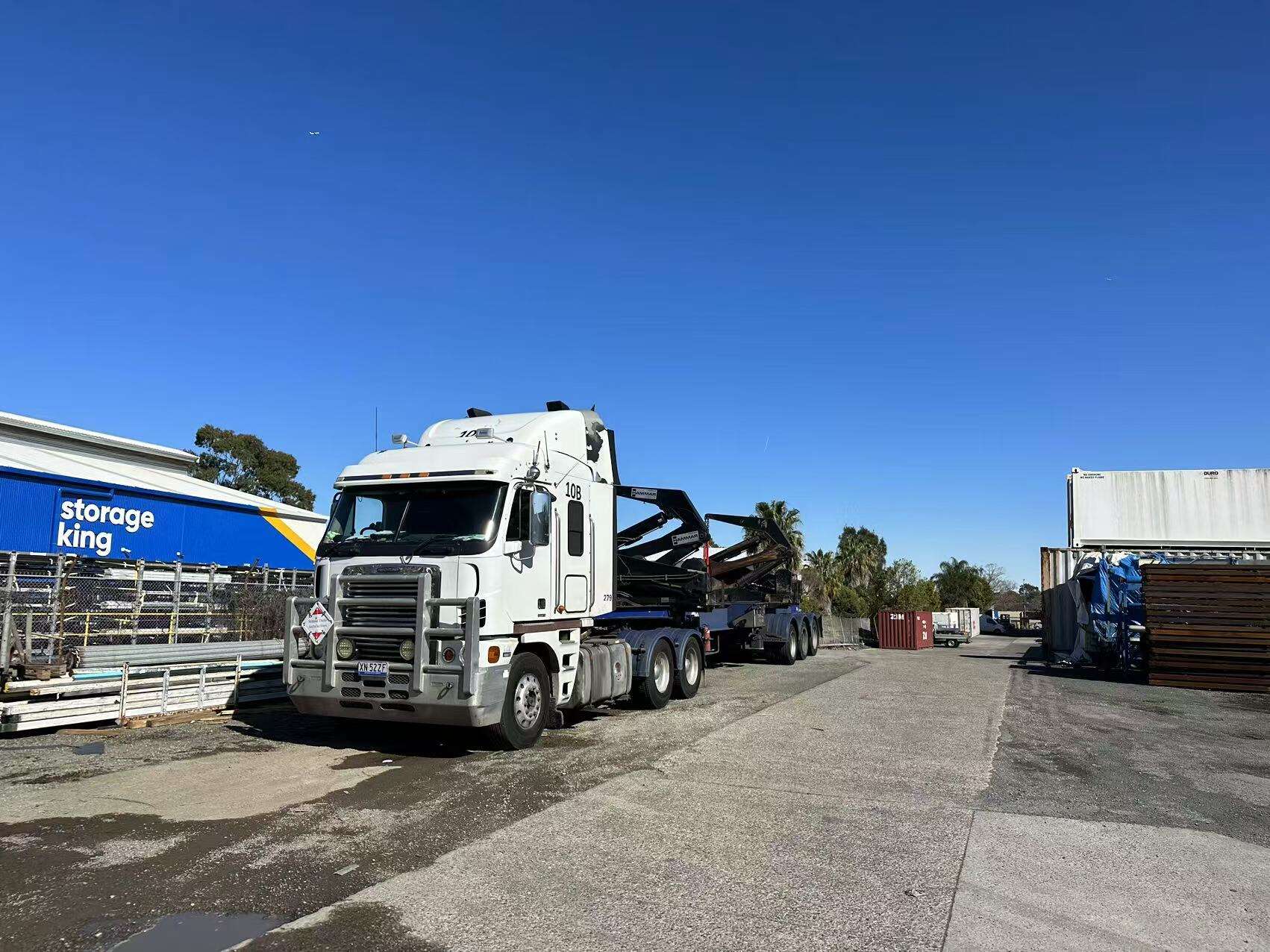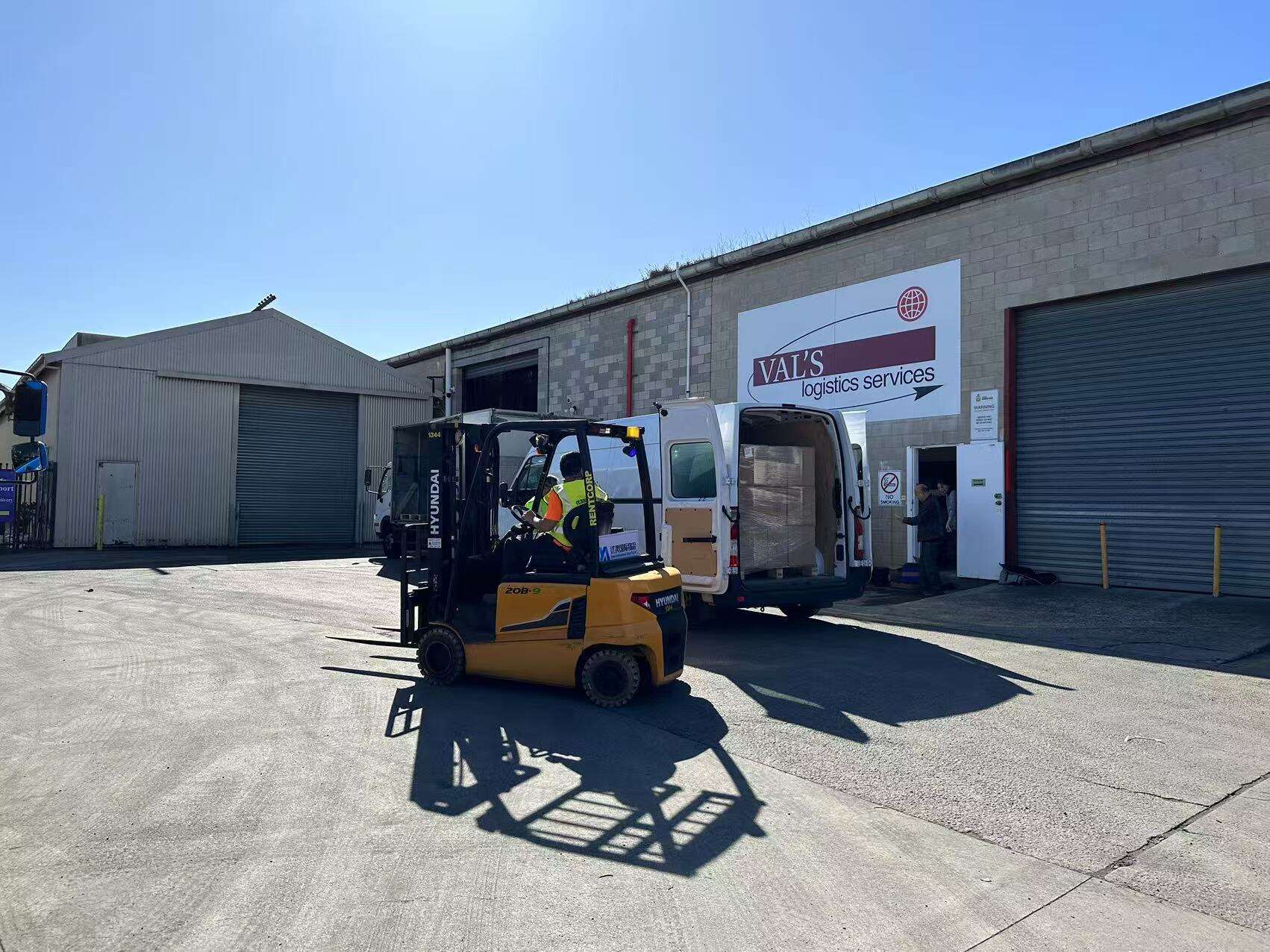Fuel Costs and Market Volatility in Freight Transport
How Fuel Prices Directly Impact Freight Transport Pricing
Fuel costs make up around 30 percent of what it takes to move goods by road, and we've seen price changes of over 20% year after year according to data from the European Energy Agency back in 2025. When fuel prices jump around like this, shipping companies have no choice but to tweak their pricing almost weekly since fuel is hands down their biggest ongoing expense. The math works out pretty straightforwardly too: if diesel goes up just ten cents per liter, most trucking firms end up paying somewhere between 1.5 and 2% more overall for operations. These kind of shifts really eat into profit margins when they happen so frequently throughout the year.
Understanding Fuel Surcharges and Their Calculation Methods
Fuel surcharges basically work like extra charges added on top of regular freight rates, and they usually depend on what's happening with national diesel prices. Most companies have some sort of system where if diesel goes above a certain level, say around $1.20 per liter, then they tack on about 10% more to shipping bills. We saw this happen quite a bit during those big price jumps in 2024. According to reports from the German Transport Federation, many businesses ended up paying roughly 10% more overall because of these fuel adjustments. Makes sense really, since transportation costs go hand in hand with fuel prices.
Strategies Carriers Use to Hedge Against Fuel Price Volatility
To manage exposure, leading logistics providers use fuel hedging contracts and dynamic pricing algorithms. Many lock in 60–80% of their quarterly fuel needs through futures contracts, while others integrate real-time OPEC forecasts into rate adjustments. These strategies help stabilize freight transport costs despite crude oil market volatility.
Economic Factors Influencing Fuel Demand and Freight Rates
Fuel markets are facing pressure from two sides these days: geopolitical issues and changing environmental regulations. When Europe rolled out those new biofuel rules along with carbon pricing schemes, about two thirds of freight companies across the continent had to adjust how they calculated fuel charges back in 2025 according to the European Commission data. Meanwhile, diesel consumption sees wild swings month to month sometimes jumping or dropping as much as 15 percent depending on what's happening in factories around the world. These ups and downs create real headaches for people setting freight rates since stability becomes almost impossible to maintain when demand keeps shifting so dramatically.
Cargo Specifications and Freight Classification Systems
The role of weight, density, and freight class in pricing
Transport costs depend on three key cargo attributes: weight influences fuel use, density determines space efficiency, and freight class sets baseline pricing. The National Motor Freight Classification (NMFC) system standardizes goods using four criteria:
| Factor | Description | Cost Impact Example |
|---|---|---|
| Density | Weight per cubic foot | Low-density items cost 20–40% more |
| Stowability | Ease of stacking with other cargo | Odd-shaped items increase rates by 15% |
| Handling | Special equipment or labor needs | Fragile goods add 10–25% surcharges |
| Liability | Risk of damage/theft | High-value goods escalate insurance fees |
How cargo type (hazardous, perishable, oversized) affects handling and cost
Specialized shipments incur higher operational costs: hazardous materials require certified containers ($1,200+ per load), perishables need refrigerated units ($2.50–$4.00 per mile), and oversized cargo demands permits ($80–$400) and escort vehicles. Temperature-controlled transport averages 32% higher rates than standard freight, based on a 2023 logistics survey.
Freight classification systems and their influence on transport costs
NMFC codes resolve 89% of carrier-shipper disputes by grouping products into 18 standardized classes. For example, Class 50 (e.g., ping-pong balls) costs $85.21/cwt, while Class 500 (dense machinery) drops to $31.47/cwt. Proper classification reduces billing errors by 67% (Logistics Quarterly 2023), making it essential for cost control.
Distance, Route Complexity, and Delivery Environment

Impact of Shipment Distance on Per-Mile Freight Transport Costs
The cost per mile tends to drop as shipments get longer because those fixed costs spread out over more ground, even though the overall bill still goes up. For example, freight moving over 500 miles typically runs around $1.28 per mile, while shorter trips under 100 miles clock in at about $2.15 per mile. This makes sense when looking at how fuel efficiency improves and drivers can cover more territory without needing as many shifts. But there's a catch for really long hauls. When trucks hit that 1,500 mile mark across country, costs start climbing again thanks to extra pay for drivers working past their regular hours and all the added wear and tear on vehicles. According to research published by Frontiers in Future Transportation last year, these factors create what looks like a U-shaped curve in transportation economics.
Route Challenges and Geographic Influences on Shipping Rates
Mountain passes, coastal zones, and urban congestion increase costs by 18–34% versus flat terrains. Zone-based pricing models reflect this—routes through the Rocky Mountains carry 22% higher rates than those across the Midwest plains. Winter road closures in northern regions further widen regional rate disparities.
Urban vs. Rural Delivery Complexities and Associated Fees
| Delivery Type | Avg. Stops/Hour | Parking Fees | Accessorial Charges |
|---|---|---|---|
| Urban | 8–12 | $18–$42/day | 28% of base rate |
| Rural | 4–6 | $0–$9/day | 12% of base rate |
Urban deliveries suffer 37% longer unloading times due to traffic and limited docking access, while rural routes require advanced routing software to handle unpaved or poorly mapped roads.
Case Study: Cross-Country vs. Regional Freight Pricing Models
A 2024 analysis of 50,000 shipments found regional freight (€300 miles) averages $3.12/mile with 94% on-time performance, whereas cross-country loads (¥1,200 miles) cost $1.44/mile but face 23% higher delay risks. Route optimization tools cut empty return trips by 41% in long-haul operations (LMAD Logistics Report 2025).
Supply, Demand, and Seasonal Dynamics in Freight Markets
Supply and Demand Imbalances Affecting Freight Capacity and Pricing
Freight transport costs surge when shipper demand outpaces carrier availability. During Q3 2024, retail inventory buildup ahead of holidays triggered a 27% rate spike (Freight Market Analysis 2024). In tight markets, shippers compete for limited capacity, driving spot rates up sharply—sometimes doubling within weeks.
Detention, Idle Time, and Driver Availability During Peak Seasons
Delays intensify during peak periods: warehouse detention adds 11% to driver wait times, with fees averaging over $140/hour (2023 Industry Report). These inefficiencies reduce daily delivery completions by 18%, prompting carriers to favor high-margin contracts. Compounding the issue, the American Trucking Association estimates a 78,000-driver shortage in 2024, severely limiting available capacity.
Seasonal Demand Fluctuations and Their Impact on Transport Costs
Predictable seasonal patterns drive freight volume spikes:
- Summer: Refrigerated transport demand rises 40% for produce
- November–December: E-commerce parcel volumes jump 62%
- February: Coastal storm disruptions boost regional rates by 33%
Mid-sized manufacturers spend an average of $740k annually on buffer inventories to mitigate these cost swings (Ponemon 2023).
Industry Paradox: High Demand With Low Carrier Availability Driving Rate Spikes
Things get really unpredictable when demand keeps rising while fewer carriers are willing to participate. Back in 2023, about a third of those independent truckers just parked their rigs because diesel was so expensive, even though people weren't buying as much stuff at stores anymore. That situation pushed spot market rates way up by around 40%. With this kind of mismatch between supply and demand, almost 60% of logistics departments have started using these fancy prediction tools lately. They're booking truck space way earlier now, sometimes as far out as three months ahead of busy periods according to Gartner's latest report from last year.
Regulatory, Financial, and Service-Based Cost Drivers
Government Regulations and Compliance Costs in Freight Transport
Regulations around safety and emissions push annual operating costs up somewhere between 12 to maybe even 15 percent according to ATRI's latest report from 2023. Trucking companies now face mandatory requirements such as installing those electronic logging devices we all know as ELDs plus dealing with those complicated hours-of-service rules. These changes mean spending money not just on the actual tech but also training crews how to use it properly. Looking back at the numbers from FMCSA in 2021, implementing their HOS regulations alone set fleet operators back well over two billion dollars initially. And things aren't getting any easier anytime soon either. The EPA has these new 2027 standards coming down the pipeline that could potentially jack up the price tag for brand new trucks by about nine percent when they roll out across the industry.
Accessorial Fees and Additional Charges in Freight Contracts
Nearly a quarter of freight invoices include accessorial charges such as:
- Detention time (avg. $85/hour)
- Liftgate services ($45–$75 per delivery)
- Residential area surcharges (12–18% premium)
These fees cover unplanned delays, specialized equipment, or extra labor not included in base pricing.
Exchange Rates and International Shipping Cost Variability
Currency fluctuations can shift cross-border freight costs by up to 8% quarterly. For instance, a 5% EUR/USD movement in Q1 2023 added $380 per container to transatlantic shipping (Federal Reserve data). To counter this, carriers often use hedging contracts to lock in stable rates for 6–12 months.
How Shipping Speed Options and Service Tiers Influence Freight Pricing
| Service Tier | Cost Premium | Delivery Window |
|---|---|---|
| Economy | Baseline | 7–10 days |
| Standard | +18% | 3–5 days |
| Premium (Guaranteed) | +35% | 24–48 hours |
Cost Implications of Guaranteed Delivery Windows and Real-Time Tracking
Guaranteed deliveries command 20–30% premiums due to dedicated routing and priority handling. Real-time tracking reduces claims by 40% by improving visibility, though telematics systems add $0.02–$0.05 per mile in operational investment (PwC 2022).
Frequently Asked Questions
What is the impact of fuel price volatility on freight transport?
Fuel price volatility directly affects freight transport costs as it is a major expense in logistics operations. Fluctuating prices can force frequent adjustments in transport pricing, impacting profit margins.
How do fuel surcharges work in the freight industry?
Fuel surcharges are additional charges applied to shipping rates based on changes in fuel prices. When fuel costs exceed a certain threshold, surcharges are added to adjust for these fluctuations.
What are accessorial charges in freight transport?
Accessorial charges refer to extra fees that cover additional services or unexpected costs during transport, such as detention time, liftgate services, and residential delivery surcharges.
How do regulatory requirements impact freight transport costs?
Government regulations, such as safety and emissions standards, increase operating costs in the freight industry. Compliance often involves investing in technology and training, leading to higher overall expenses.
Table of Contents
- Fuel Costs and Market Volatility in Freight Transport
- Cargo Specifications and Freight Classification Systems
- Distance, Route Complexity, and Delivery Environment
- Supply, Demand, and Seasonal Dynamics in Freight Markets
-
Regulatory, Financial, and Service-Based Cost Drivers
- Government Regulations and Compliance Costs in Freight Transport
- Accessorial Fees and Additional Charges in Freight Contracts
- Exchange Rates and International Shipping Cost Variability
- How Shipping Speed Options and Service Tiers Influence Freight Pricing
- Cost Implications of Guaranteed Delivery Windows and Real-Time Tracking
- Frequently Asked Questions




